Information about Sankranti
Information about Sankranti, also known as Uttarayana, is a significant Hindu festival celebrated across India and Nepal with fervour and joy. It marks the day when the sun begins its northward journey in the celestial sphere, transitioning from the zodiac of Sagittarius (Dhanu) to Capricorn (Makara). This astronomical event coincides with the end of the winter solstice and the beginning of longer, warmer days.
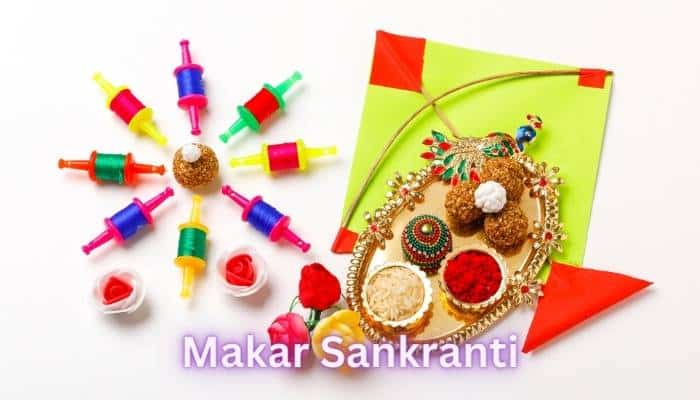
makar sankranti festival date 2024
Celebrated on January 14th every year (January 15th in a leap year), Makar Sankranti holds immense cultural and religious importance. It is a time for families and communities to come together, express gratitude for the harvest, and welcome the auspicious phase of Uttarayana.
Origin and Significance
The origins of Makar Sankranti can be traced back to the ancient Vedic period. The sun god Surya is venerated on this day, as his northward movement is believed to bring warmth, light, and prosperity. The festival coincides with the harvest season in India, symbolizing abundance and fertility.
Makar Sankranti also holds spiritual significance. It is believed that the period of Uttarayana is auspicious for performing rituals and spiritual practices. Offering prayers to the sun and ancestors is an integral part of the celebrations.
Celebrations
Makar Sankranti is celebrated with vibrant traditions and customs that vary across different regions of India. However, the essence of the festival remains the same – a celebration of the sun, the harvest, and the arrival of longer days.
Some of the common traditions associated with Makar Sankranti include:
Taking a holy dip in rivers and lakes: This ritual is believed to cleanse the body and soul and usher in good fortune.
Offering prayers and chanting mantras: Devotees offer prayers to the Sun god Surya, seeking blessings for good health, prosperity, and happiness.
Preparing and sharing sweets and delicacies: Food plays a central role in the celebrations. People prepare and share traditional sweets like til laddus, gajak, and khichdi, symbolizing the bounty of the harvest.
Flying kites: Kite flying is a popular activity enjoyed by people of all ages during Makar Sankranti. The vibrant kites soaring in the sky represent the sun’s upward journey and the hope for a bright future.
Bonfires and cultural programs: In some regions, bonfires are lit to symbolize the burning away of negativity and the welcoming of warmth and light. Cultural programs featuring folk songs and dances add to the festive spirit.
Regional Variations
Makar Sankranti is celebrated under different names and with unique traditions across various parts of India. Here are some examples:
Lohri (Punjab): Celebrated a night before Makar Sankranti, Lohri is marked by bonfires, singing, and dancing.
Pongal (Tamil Nadu): A four-day harvest festival, Pongal involves offering prayers to the Sun and thanking the cattle for their contribution to agriculture.
Bhogi (Andhra Pradesh): Celebrated a day before Sankranti, Bhogi involves burning old clothes and belongings to symbolize letting go of the past and welcoming new beginnings.
Uttarayana (Gujarat): Similar to Makar Sankranti, Uttarayana is celebrated with kite flying, sweets, and prayers to the Sun.
Makar Sankranti in Nepal
Makar Sankranti is also a major festival in Nepal, known as Maghe Sankranti. It is celebrated with traditional feasts, kite flying, and offerings to the Sun and ancestors.
Global Significance
Makar Sankranti is a celebration that transcends cultural and geographical boundaries. It is a reminder of the importance of the sun in our lives and the need to appreciate the natural world around us. The festival also serves as a powerful symbol of hope, renewal, and the promise of a brighter future.
Conclusion
Makar Sankranti is a vibrant and joyous festival that celebrates the sun, the harvest, and the changing seasons. It is a time for communities to come together, express gratitude, and welcome new beginnings. The diverse traditions and customs associated with the festival showcase the rich cultural heritage of India and Nepal. As the sun embarks on its northward journey, Makar Sankranti reminds us of the importance of light, hope, and the power of community.
FAQs
Why is Makar Sankranti celebrated on January 14th?
Makar Sankranti is based on the solar calendar, and January 14th marks the sun’s transition into Capricorn.
What is the significance of flying kites during Makar Sankranti?
Kite-flying symbolizes the breaking free from the past and embracing new opportunities and challenges.
Are there regional variations in the way Makar Sankranti is celebrated?
Yes, different states in India have unique customs and traditions associated with Makar Sankranti.
How do modern celebrations of Makar Sankranti differ from traditional ones?
Modern celebrations may incorporate technology and virtual connectivity, but the core traditions are often retained.
Is Makar Sankranti only celebrated in India?
No, Makar Sankranti is celebrated in various forms around the world, albeit with different names and customs.
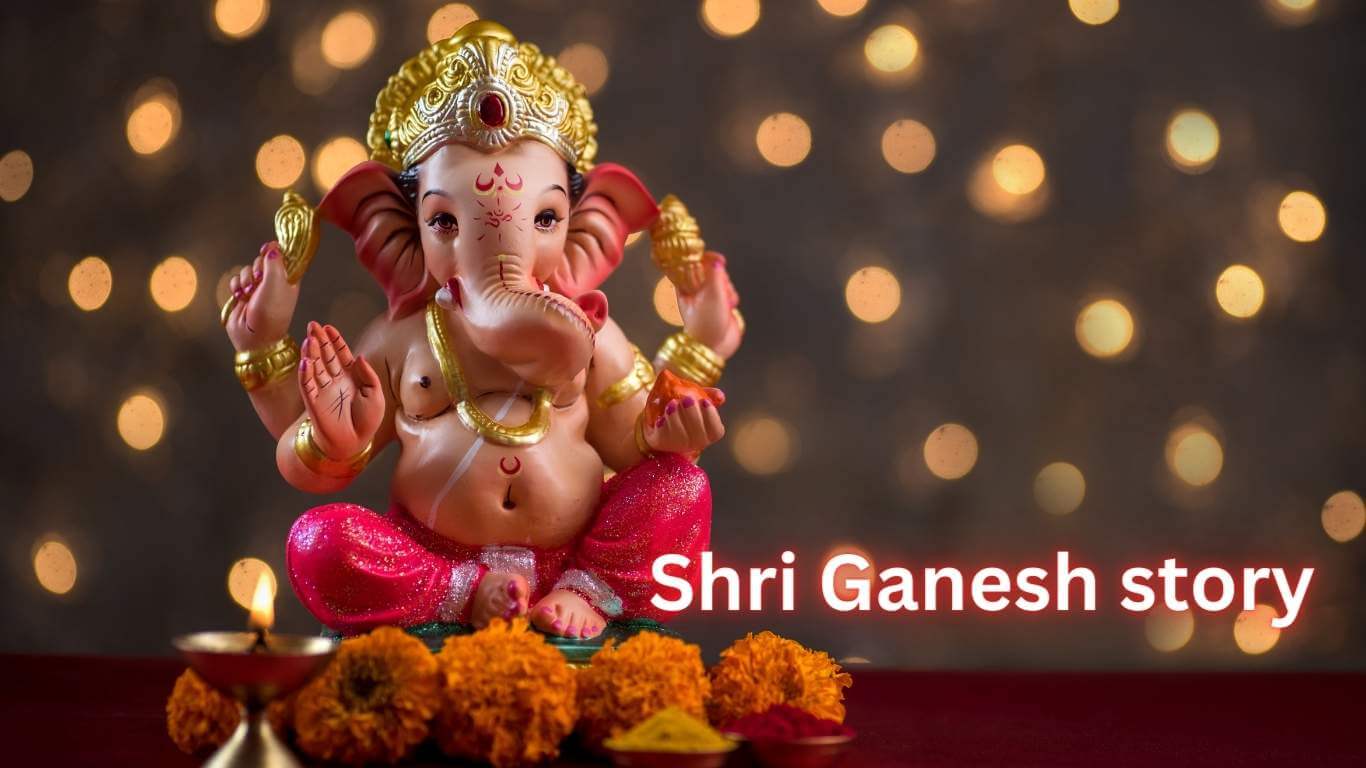
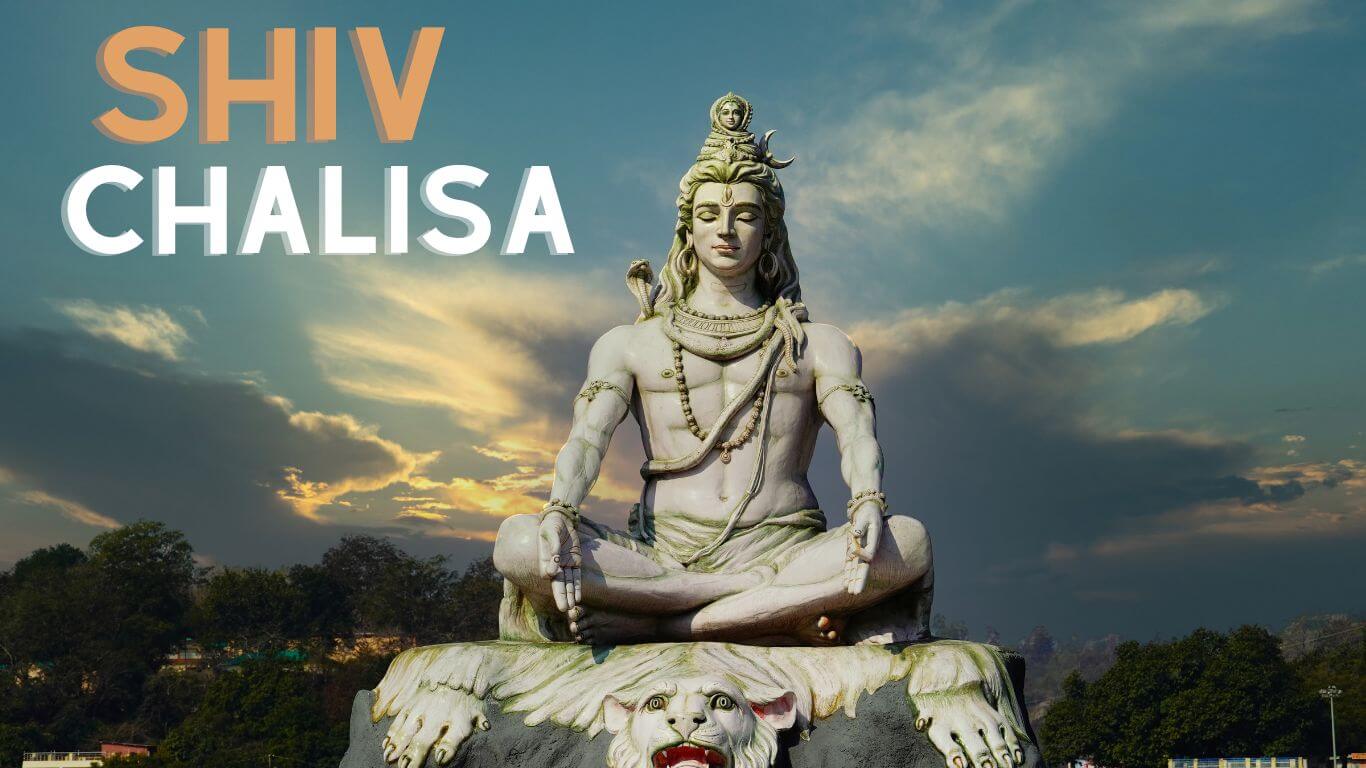
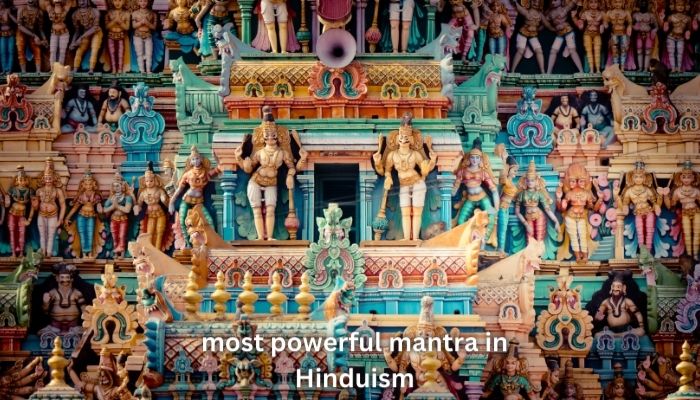

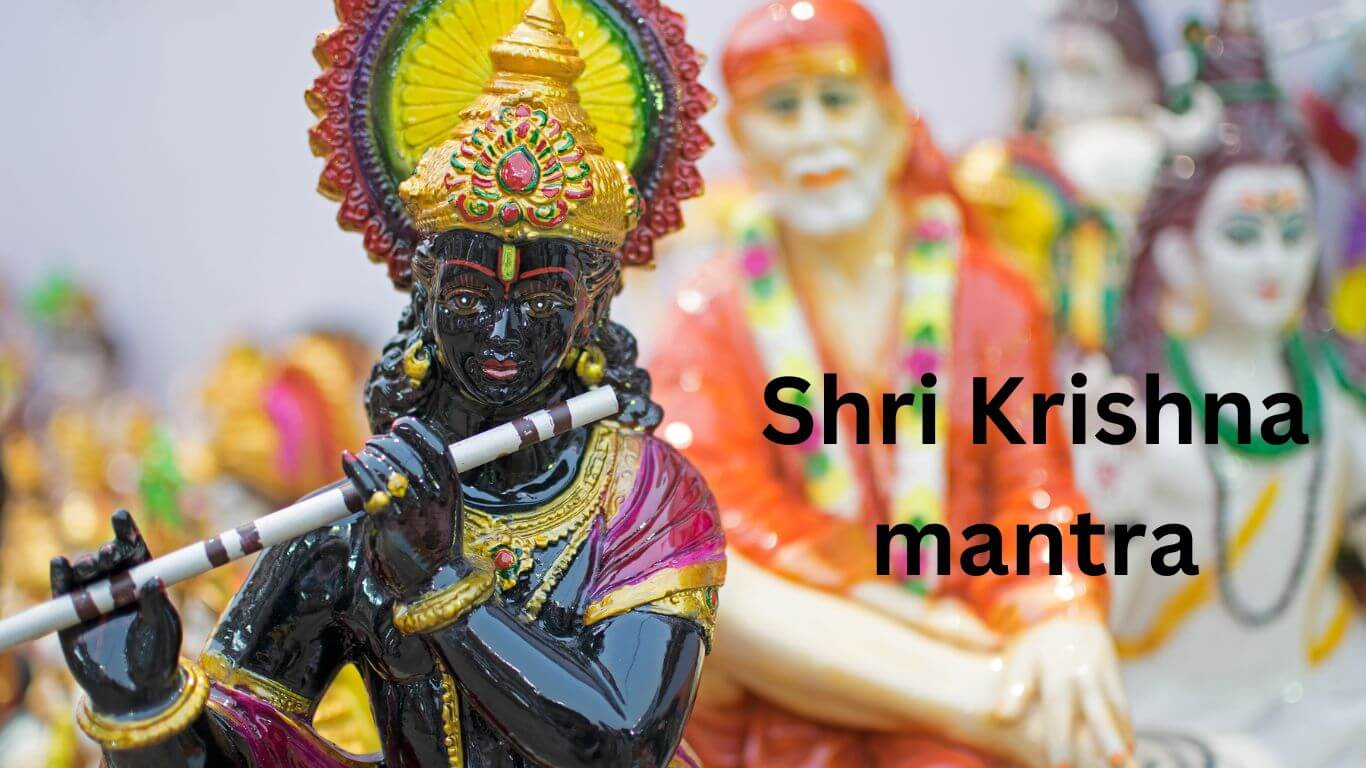
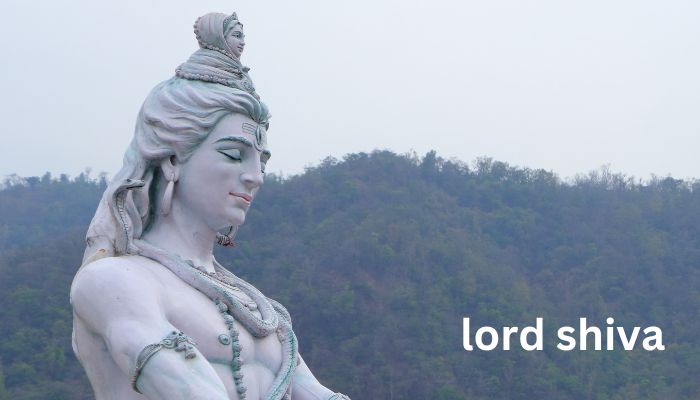
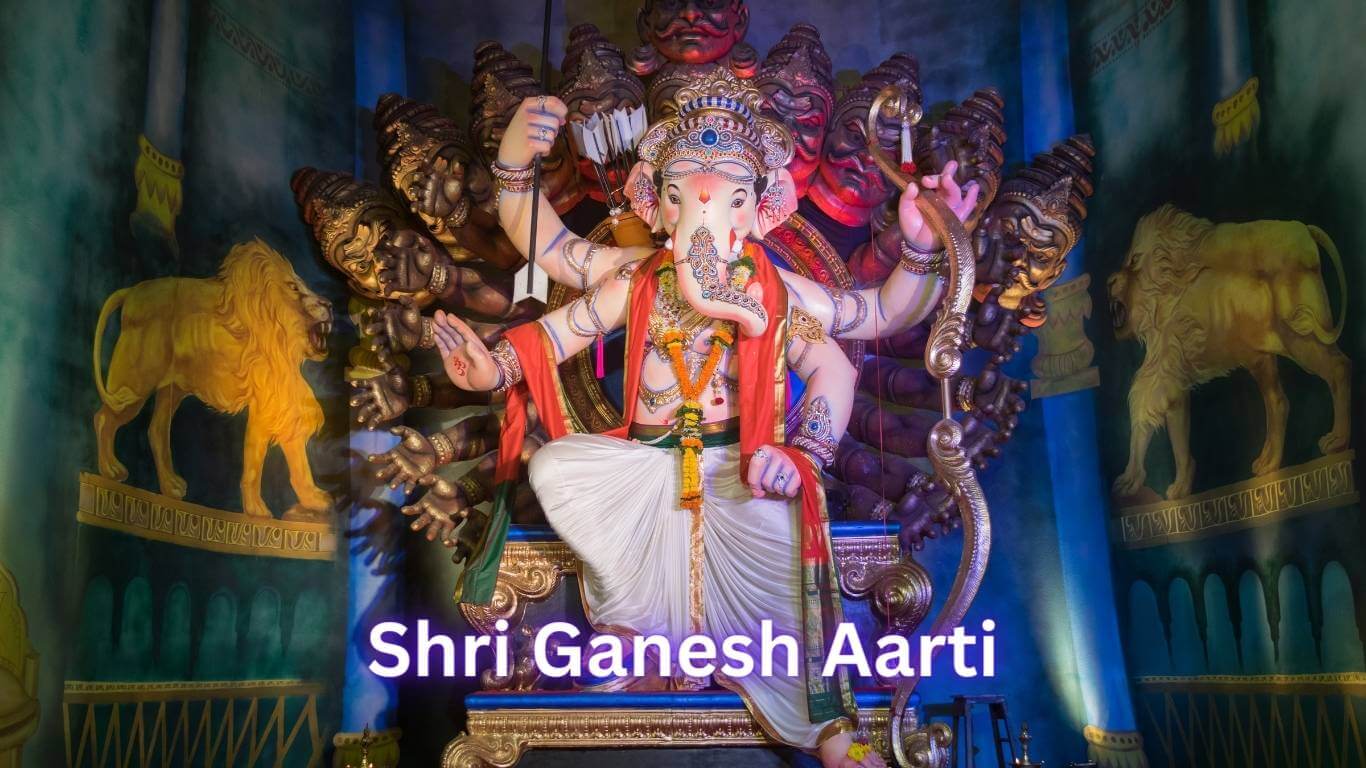
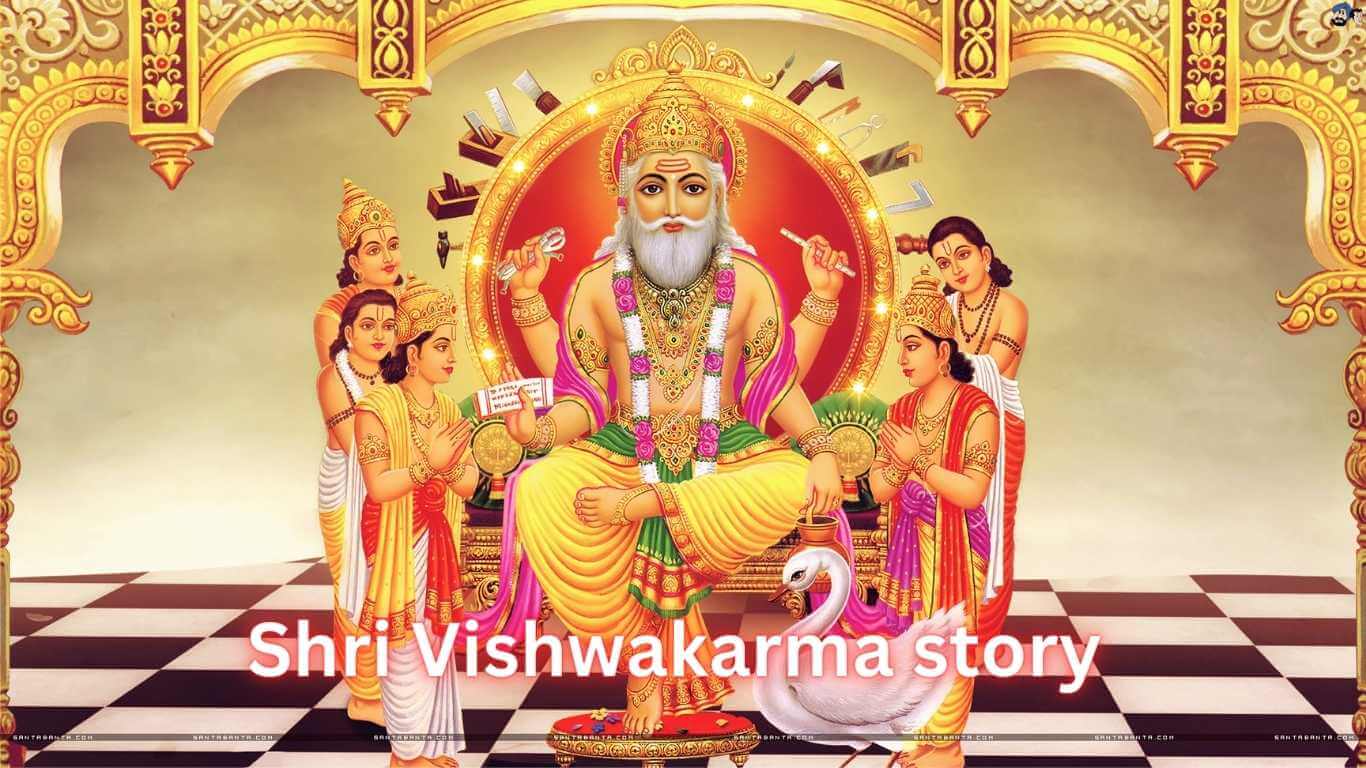
Wow, fantastic blog structure! How long have you ever been blogging for?
you make blogging glance easy. The entire glance of your web site is excellent, let alone the content!
You can see similar
Two years, thank you so much.